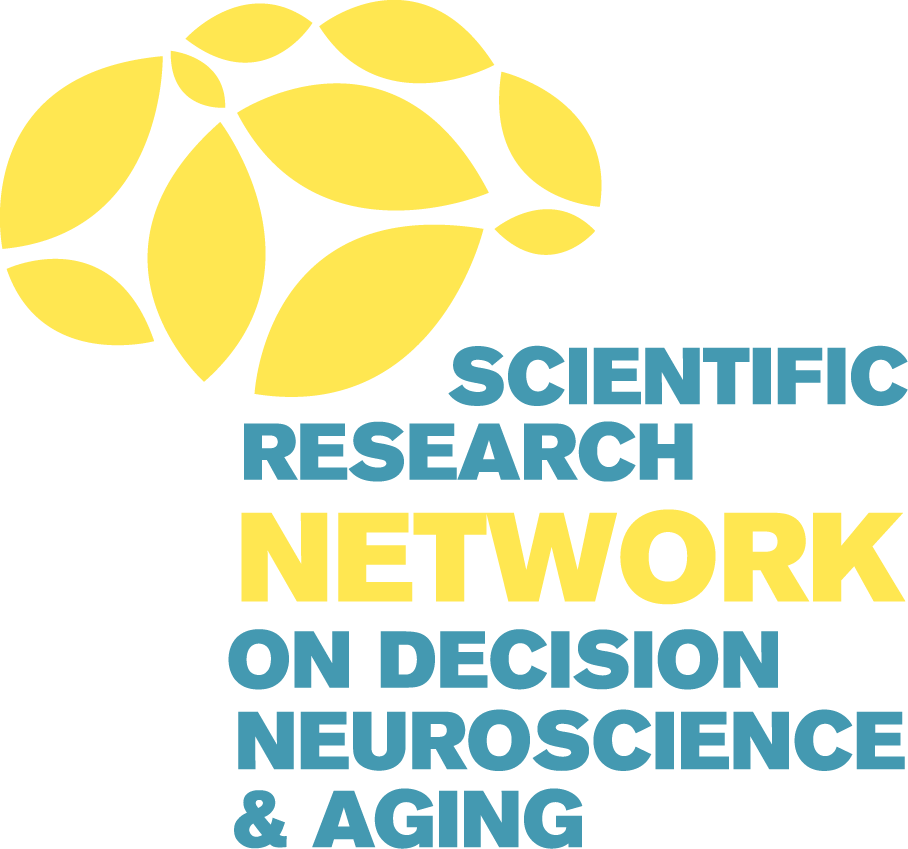Mark your calendars for Oct. 6, directly following SNE 2025 in Boston
By Sera Gonzalez
June 1, 2025
Experience sampling is a research method that attempts to capture real-time thoughts, feelings, and behaviors. The ubiquity of digital handheld devices catapulted this approach, making it easier for researchers to include in their studies. However, configuring timing, crafting effective questions, and selecting the right tools can be discouraging. This workshop aims to make it less so.
Attendees will explore methods for measuring daily activities, experiences, and states (physiology and location), with hands-on tutorials covering study design, data collection, and analysis.
To further pique your interest, Dr. Jaime Castrellon (UCLA), who has used this method for 11 years to capture events like mood fluctuations, self-control behavior, and food cravings, shares his thoughts and experiences with the method.
“When people perform experiments in the lab, they’re usually really constrained and controlled,” Dr. Castrellon said, adding that the lab setting limits participants’ ability to exhibit the same kind of spontaneous experiences and emotions that occur at specific places or times of day.
“This data can tell us about how changes in environmental contexts and real-world experiences contribute to fluctuations in mood and decision making.”
–Dr. Jaime Castrellon
The real power of experience sampling is the kind of data it generates.
“This data can tell us about how changes in environmental contexts and real-world experiences contribute to fluctuations in mood and decision making,” he said.
By collecting multiple measures across time, Dr. Castrellon can track real-life variations and identify consistent patterns. He can also link this data to other lab-based measures, like brain imaging scans.
One ongoing challenge Dr. Castrellon faces is designing the right questions and determining how often to prompt participants.
He’s found collecting data three times a day (morning, midday, and evening) gathers data from as many time points as possible while avoiding burdening his participants with too many questions.
For those new to the method, Dr. Castrellon emphasizes the importance of considering participants’ needs and recommends combining mobile methods—using activity trackers to capture participants’ physical activity and sleep.
Excited? Join us in October at the SRNDNA Experience Sampling Workshop for hands-on training with the method. Future announcements will include speaker information and details on attending.
Need more convincing?
Listen to the Dec. 2024 episode of Decision & Aging Insights to learn how workshop organizer Dr. Jennifer Crawford uses daily life monitoring in her research.

Also in this issue, information about submitting a paper for the SRNDNA special issue in the Psychological Sciences section of The Journals of Gerontology, Series B: Psychological Sciences and Social Sciences on Decision Neuroscience and Aging.
View the June 2025 newsletter here.

You must be logged in to post a comment.